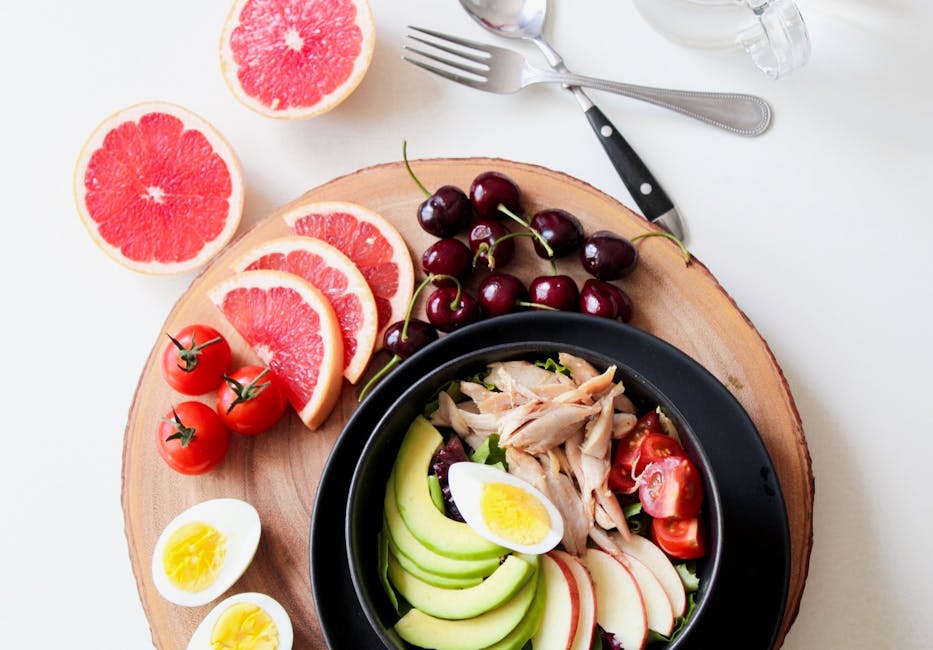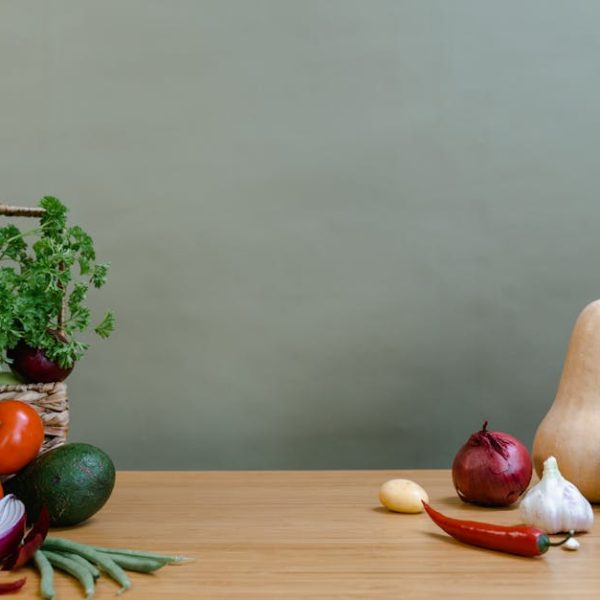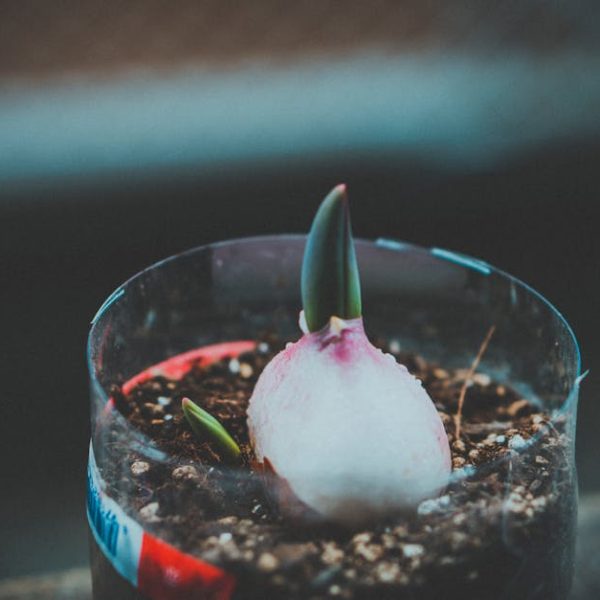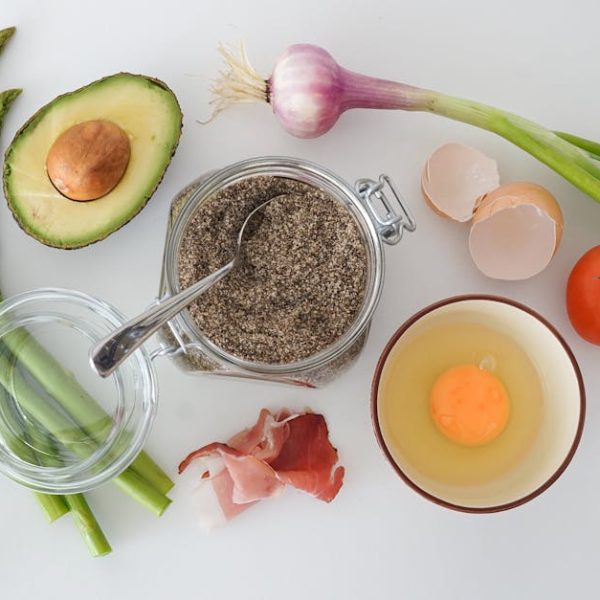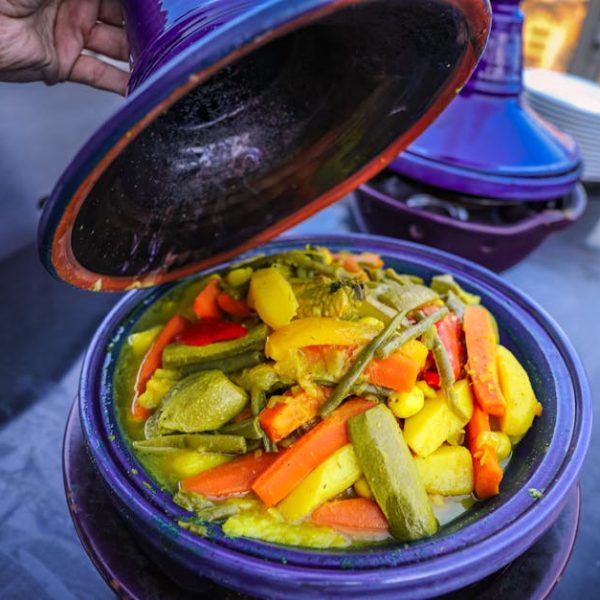The key to meal prep success lies in mastering the art of vegetable preservation. Freezing veggies unlocks the potential to retain nutrients and extend their shelf life, reducing overall food waste. From blanching to flash freezing, various techniques can enhance the process and optimize your freezer’s potential. Here’s a closer look at seven effective methods for freezing veggies.
Understanding the Importance of Freezing Veggies
Preserving veggies by freezing serves both practical and nutritional purposes. Simply put, freezing extends the shelf life of your veggie bounty, giving you more time to enjoy them without fearing spoilage. But beyond the practicality, it also helps maintain the nutritional quality of your produce. Vitamins and minerals stay locked in, which is a win for your health.
⭐ Pro tip: Go the extra mile by blanching your vegetables before freezing. This further ensures the quality of your leafy greens. Don’t skimp on freezer storage either – high-quality freezer bags or containers are worth the investment.
Best Method: Blanching Before Freezing
Blanching isn’t just for professional chefs—it’s an approach any home cook can use. This brief heat treatment slows enzyme activity that can degrade your veggies, keeping them fresher for longer when stored in the freezer.
Here’s a quick checklist for blanching:
- Boil the veggies briefly
- Cool them rapidly in cold water
- Dry them off
- Freeze immediately
While this method can slightly alter the texture of some veggies, the benefits far outweigh the minor changes—a small trade-off for longer-lasting, nutrient-rich produce.
Fryo-rinse Method: Beneficial for Leafy Greens
If you’re a fan of leafy greens, the fryo-rinse method might just be your new kitchen hack. This technique involves quick stovetop steaming, rendering the greens tender enough for extended freezing without any nutrient loss.
When storing after a fryo-rinse, remember:
- Let the greens cool completely
- Pack them in small portions
- Freeze as soon as possible
This technique ensures your greens won’t turn out mushy when cooked—a common concern when preserving leafy veggies.
Freezing Roasted Vegetables: An Unconventional Approach
Freezing may be the preservation method of choice, but have you considered roasting your veggies first? With certain vegetables, roasting enhances their flavor profile—think caramelized carrots or toasted Brussels sprouts—before they hit the freezer.
⭐ Pro tip: Vegetables like bell peppers, zucchini, and aubergines are great for this approach!
The result? You’ll enjoy the benefits of frozen veggies with an upgraded taste experience. Compare this to non-roasted freezing, and you might find that the texture and taste are well worth the added step.
Preserving Herbs using the Freezing Method
Herbs often wilt before they can be used up, but freezing is a superb way to maintain their aroma and taste. This method allows them to retain their flavor profile much longer compared to drying.
To freeze herbs:
- Wash and pat dry your herbs thoroughly
- Chop finely or leave whole as desired
- Place them in ice cube trays, topped with water or oil
- Once frozen, transfer to a freezer bag or container
Whether you opt for water or oil largely depends on how you plan to use your herbs. Water-frozen herbs are ideal for soups or stews, while oil-frozen ones work well in sautés and roasts. Then, you just pop out a cube for an instant flavor boost. Stay tuned for the continuation of this article covering the remaining freezing methods for your veggies.
Freezing Fruit Veggies: An Essential Guide
You might think of tomatoes and cucumbers as the salad staples, but these fruit vegetables also freeze beautifully. Proper freezing can offer a tasteful experience, with a slight compromise on the texture part.
Rules of thumb for freezing fruit veggies:
- Choose ripe and firm veggies
- Slice or dice them as desired
- Place them on baking sheets and flash freeze
- Once completely frozen, transfer to freezer bags or containers
When compared to leafy greens, fruit veggies provide vibrant color, fresh tasteful experience, and more variety to your cooking after freezing. Need a cooking inspiration with frozen fruit veggies? Think along the lines of pasta sauces, salsas, soups, and smoothies.
Save Your Time with Flash Freezing Process
Flash freezing is a method where individual vegetables are rapidly frozen to prevent them from sticking together. This process can save you from clumps of veggies during the busy weeknight meals.
Best practices for flash freezing:
- Spread out the veggies on a baking sheet
- Place the sheet in the freezer
- After an hour, shift veggies in freezer-safe containers
⭐ Pro tip: For vegetables like beans, peas, and corn that tend to stick together, flash freezing is a real life-saver. It keeps the individual pieces separate, so you can grab exactly how many you need, no extra defrosting necessary.
Freezing Cooked Vegetables: A Quick Solution for Busy Times
Freezing cooked vegetables is a practical life hack for busy workdays. You can have a handful of pre-cooked frozen veggies and turn them into a stir-fry, soup, or casserole in no time.
Here is how to freeze cooked veggies:
- Allow your cooked vegetables to cool down
- Portion them in meal-sized quantities
- Store them in freezer bags or containers
While freezing cooked veggies offers convenience, it’s worth noting that they can differ in texture compared to their fresh counterparts. However, a few savvy reheating techniques can help regain that lost texture.
⭐ Pro tip: To reheat, use the stovetop for getting them crisp again or microwave for a quick solution. Just avoid overcooking to retain the texture and nutrients.
Understanding Optimal Freezing Time for Different Vegetables
While freezing is a great preservation method, it’s worthwhile to acknowledge that different veggies have varied freezing times for optimum quality.
Here’s a quick guide:
| Vegetable | Optimal Freezing Time |
|---|---|
| Broccoli | 12 months |
| Carrots | 18 months |
| Peppers | 8 months |
| Tomatoes | 12 months |
| Spinach | 12 months |
Whether you’re a seasoned meal prepper or a beginner trying to get a handle on wasting less, preserving your veggies through freezing is a rewarding way to extend their life while preserving the quality. When it comes to freezing, the possibilities are endless. So, explore these techniques, experiment with different veggies, and maintain a healthy lifestyle even on the busiest days. Happy freezing!
Key Takeaway:
- Freezing vegetables not only prolongs their shelf life but also maintains the nutritional quality of the produce.
- Blanching before freezing is a key step in preserving vegetables as it slows enzyme activity, keeping veggies fresher for a longer time.
- Methods such as the fryo-rinse process, roasting before freezing, and flash freezing are effective and can even enhance the taste of certain vegetables.
- Preserving herbs by freezing retains their aroma and flavour profiles significantly longer compared to drying.
- Freezing cooked vegetables is a practical method that can save time during busy meal periods.
- Different vegetables have varied optimal freezing times, paying attention to this can help maintain the quality of the produce.
Learning the art of freezing vegetables effectively can dramatically help not just in managing meal preps, but also in maintaining a healthy lifestyle. Remember that each vegetable variety has its own perfect method for freezing. Be patient, experiment, and soon, you’ll find what works best for you.
FAQs
Q: What type of container is best for freezing vegetables?
A: Using high-quality freezer bags or containers is important. They should be airtight to prevent freezer burn that can affect the vegetables’ flavor and texture.
Q: Are there any vegetables that should not be frozen?
A: Vegetables with high water content such as lettuce or radishes typically do not freeze well. They may become limp and lose their crunch when thawed.
Q: Is it safe to refreeze vegetables once they have thawed?
A: While it is not dangerous to refreeze vegetables that have been thawed, the process may affect their texture and flavor. It’s best to only thaw what you need at a time.
Q: Can I freeze vegetables without blanching?
A: Technically yes, but blanching prior to freezing helps to preserve nutritional quality and extends their shelf life in the freezer.
Q: How should I use frozen vegetables in cooking?
A: Frozen vegetables can be used directly in dishes such as soups, stews, or stir-fries. They can also be defrosted in the fridge overnight. However, avoid overcooking them to retain nutrient content.
Feel free to share this article with anyone interested in kitchen hacks and healthy living and check out our other posts for more unique insights.
